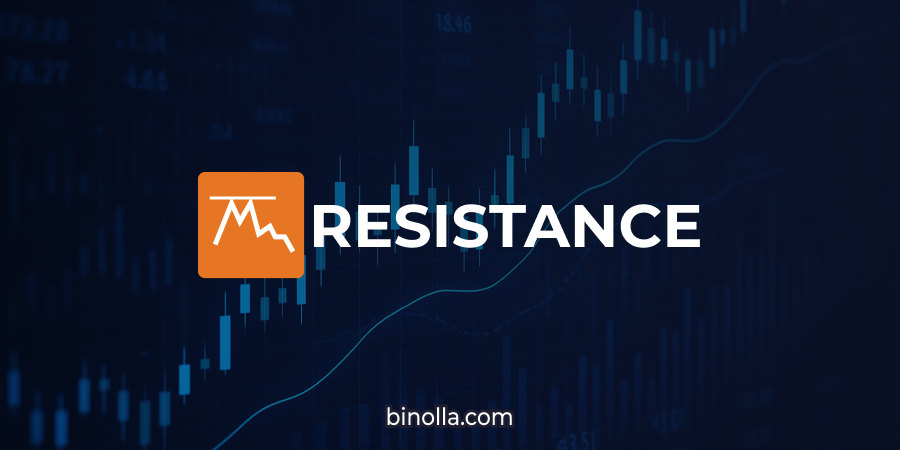Loss

A loss in trading occurs when a trader fails to predict the right price movement direction. This causes a market participant to lose part or all of the invested amount. Losses are an integral part of trading and affect everyone. Even professional traders have losses. The main idea is to trade in a way that profits surpass losses, which will build sustainable gains over time.
Examples of Losses
A trader decides to buy a Lower contract for WTI crude oil, which is currently trading at 65.00. They invest $10 in the trade with a 5-minute expiration. WTI price moves higher and reaches 65.05 in five minutes, which means that the trade is closed out of the money. The trader loses their entire investment of $10.
When it comes to CFD trading, a market participant decides to buy 100 ounces of gold (1 lot = 100 oz) at $3,350, expecting the price to move higher. However, XAU/USD moves below the current price and reaches $3,340, where the trader decides to close the position to cut further losses. Losses in this case are calculated as follows: $10*100 (1 lot = 100 oz) = $1,000.
Mitigating Losses in Trading
While losses are inevitable, you can decrease them by using various risk management techniques. In particular, when placing a CFD trade, you can use stop loss orders to prevent your losses from growing. Also, you can use money management to make sure that you are not putting too much funds at risk. You should also stay emotionally stable during your trading sessions to avoid spontaneous decisions.






